| The Galapagos Islands |
|
The Galapagos Islands is perhaps
the most unique place
that I have ever traveled. My trip to the islands was part of a nine
day trip
to Ecuador with an awesome group of students from Poolesville High
School. I returned on an individual trip in 2011. Travel
to the Islands is strictly controlled in order to protect the flora,
fauna, and
animals that are exclusive to the islands. Most of the Islands are
uninhabited
and part of the Galapagos Islands National Park. |
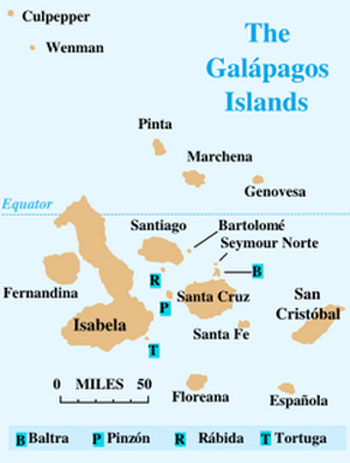 |
It's believed that the Chimu peoples from Peru were the first visitors to the Islands in the mid 1400’s. In 1535, the ship of Bishop Fray Tomas de Berlanga of Panama drifted off course and landed in the Galapagos Islands. Between the late 1500’s and early 1700’s the Islands were a favorite hideout and supply base for pirates. The Pirates killed a number of giant tortoises during this time for their meat. By 1870, hunting and fishing by seafarers nearly brought the giant tortoise, fur seals and sperm whales, to extinction. The most famous visit of the 1800’s was that of Charles Darwin and his famous ship the Beagle. Darwin studied and noted the similarities and differences of the flora and fauna. He concluded that the species, to survive, would gradually change based on environmental conditions. This was Darwin’s famous Theory of Evolution. In 1859, after spending 20 years of his life gathering supporting evidence, Darwin published "The Origin of the Species by Natural Selection". In 1892 the Galapagos was officially named "Archipélago de Colón" in honor of Christopher Columbus's discovery of American 400 years earlier, this name was later changed back to Galapagos in honor of the giant tortoises. Galapagos means “Turtle Islands.” In 1959, on the 100th Anniversary of the publication of Darwin's Origin of Species, the Galapagos Islands became Ecuador's first National Park and the non-profit Charles Darwin Foundation was established to assist in the preservation of the islands. In 1978, The Islands are declared a World Heritage site by UNESCO underlining their universal value for mankind. |
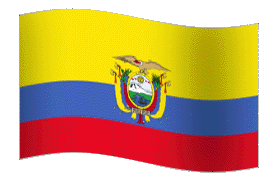 |
Click Here to see the Ecuador Page
Click Here to see the full 2008 Photo Gallery
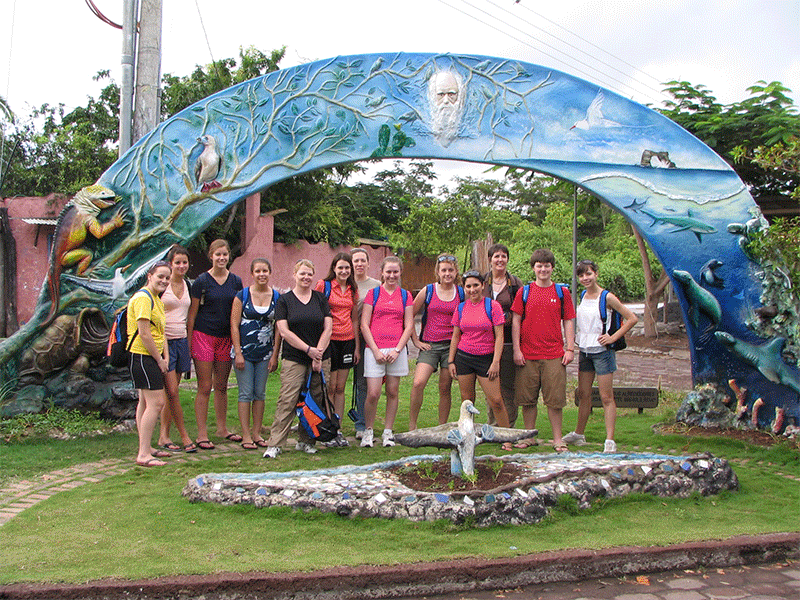
Student Images 2008
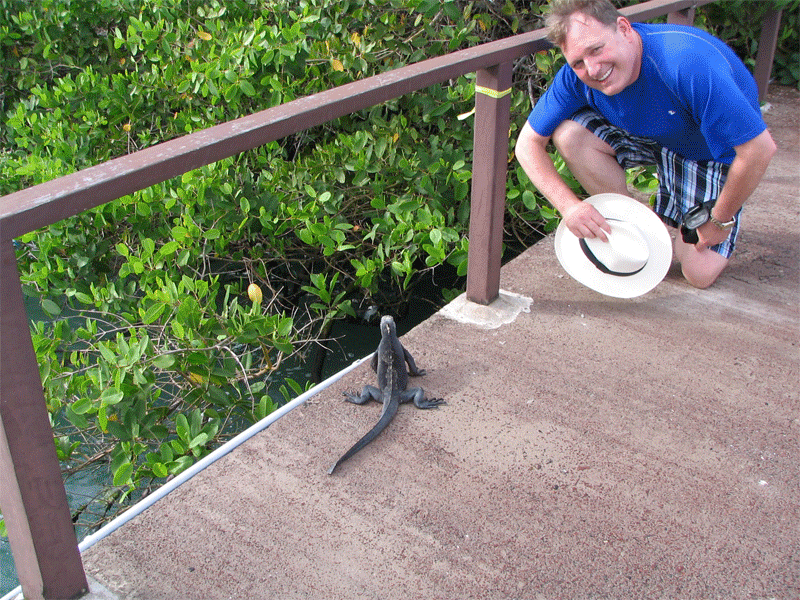
Images of Mr. Stanton 2008
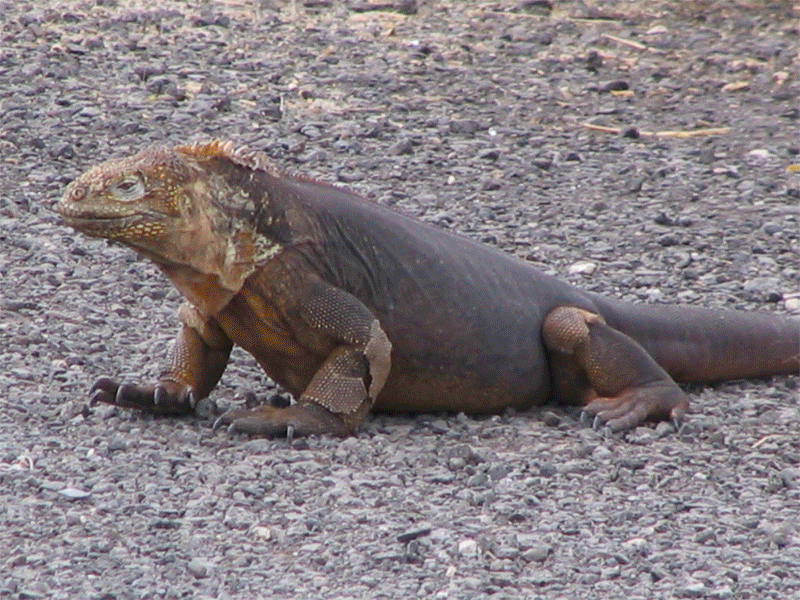
Animals of the Galapagos 2008
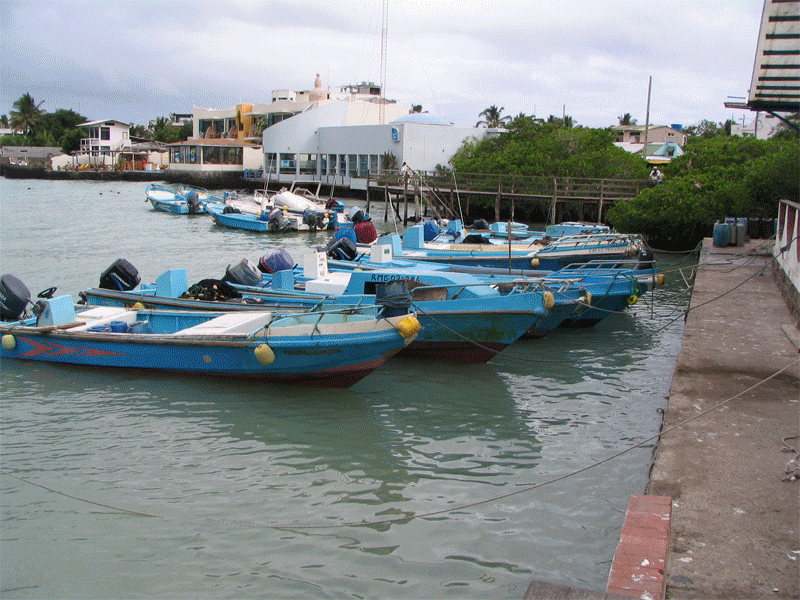
A Land of Contrast 2008
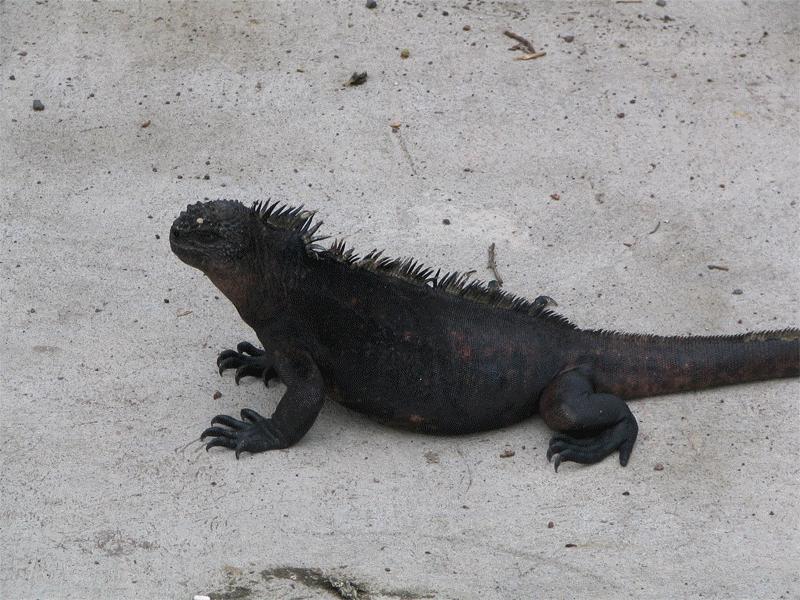
More Animal Images 2008
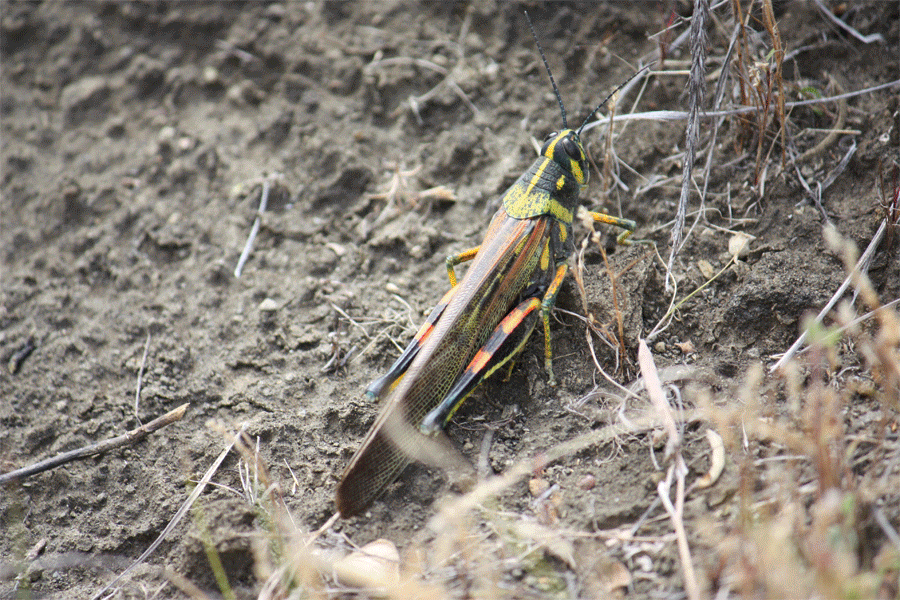
Images from my 2011 Trip


